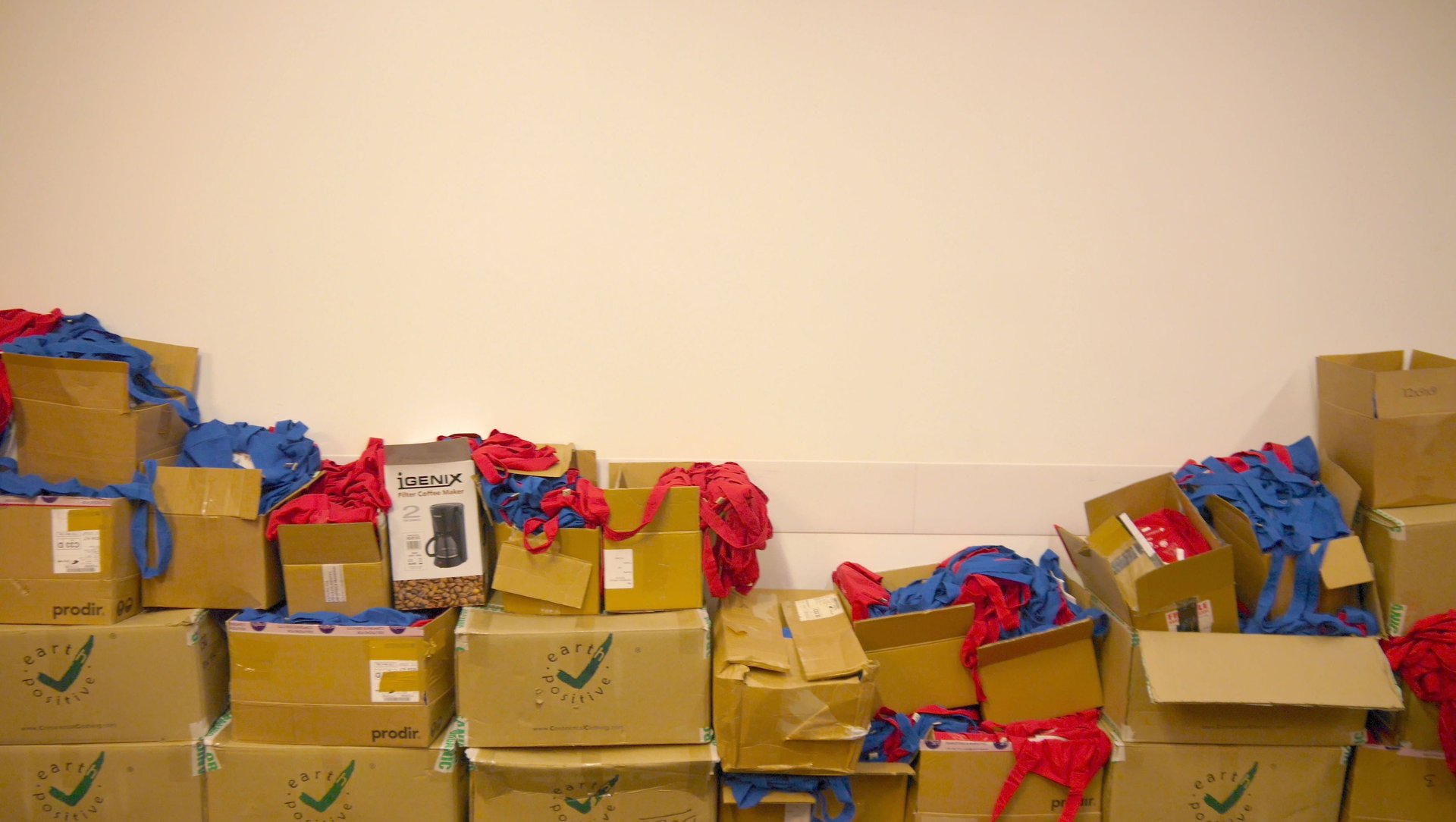What it really takes to run a successful crowdfunding campaign
Crowdfunding is the new black for small businesses and nonprofits. It’s a sleek solution to an age-old problem: how to raise money to get something done. The premise is pretty simple–make a video, set up a page, and let the money pour in. And when inventions like a frying pan with a sword hilt handle rack up thousands of dollars, it can seem like crowdfunding is as easy as taking candy from a baby (or taking money from your friends, to be more precise). After spending the past five months running my own Indiegogo campaign, I am here to tell you: It’s not.


Crowdfunding is the new black for small businesses and nonprofits. It’s a sleek solution to an age-old problem: how to raise money to get something done. The premise is pretty simple–make a video, set up a page, and let the money pour in. And when inventions like a frying pan with a sword hilt handle rack up thousands of dollars, it can seem like crowdfunding is as easy as taking candy from a baby (or taking money from your friends, to be more precise). After spending the past five months running my own Indiegogo campaign, I am here to tell you: It’s not.
Despite many warnings to the contrary, I learned that crowdfunding is just like all fundraising: a lot of hard work. In April, I started a campaign to raise money for Imperfect, a new company that aims to reduce food waste by selling people ugly fruits and vegetables. Three hundred packages and $38,000 later, the campaign is finally over.
Here’s what it took to make it happen.
First, I had to figure out how to reach out to my network. Most of the people who will donate to your campaign already know you. Before we even launched, I had sent each of my 250 closest friends and acquaintances at least five emails reminding them to donate. People like to be a part of success, so the more people you can get to fund on the first day, the better. Looking back at my Facebook wall during the month of our campaign, if I were one of my friends, I probably would have donated just to get me to shut up. Crowdfunding is a platform, not a magic pill that gets your networks to notice you (that’s part of the job!).
The next thing I had to decide when I was setting up my crowdfunding campaign is what perks to offer people who donate. Sitting there with no money in your company bank account makes you want to offer anything and everything to get people to donate. But here’s a secret—for most campaigns, the vast majority of people who donate are going to know you personally, which means they’re going to give money to support you whether or not there’s a gift involved. The perks are a nice way to make asking your best friend for $50 easier, but they won’t make or break your campaign. I decided to offer a lot of small, funny, promotional items that would be keepsakes for people who donated—bumper stickers, t-shirts, totes bags with our logo on them. Seemed cheap enough to fulfill—get a designer friend to draft something up, slap it on some swag. Badabing, badaboom you have a perk. Here was my thought process: I can pack a box in about 10 seconds, so 300 boxes would be about an hour tops.
Wrong.
In reality, it probably took 40 hours to fulfill the perks—a far cry from 60 minutes.
And you’d be surprised at how hard it is to come up with a good slogan for a bumper sticker. I ended up going with a picture of an ugly pepper captioned, “Bite Me.” (You’d also be surprised at how many tiny little pieces of tape a human body is willing to swallow before it finally sends a signal to the brain to stop being dumb and go buy a pair of scissors.)
Despite the hours of my life lost to packing boxes and the emotional trauma of straining all my friendships at once, I would do it all over again. Crowdfunding works, but you have to have realistic expectations.
Understand the full costs of the design, materials, shipping, and time it takes to deliver perks, and make sure you put them at the appropriate funding levels. Be willing to humble yourself to near-strangers and be rejected by even your closest friends. And know that the month that your crowdfunding campaign is live, you might have to scale back your social life a bit.
Ultimately, you get out what you put in.